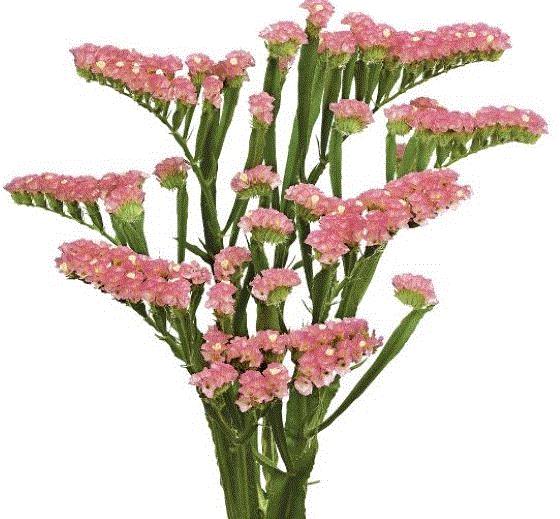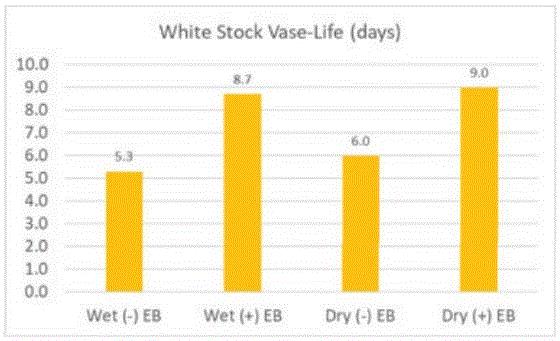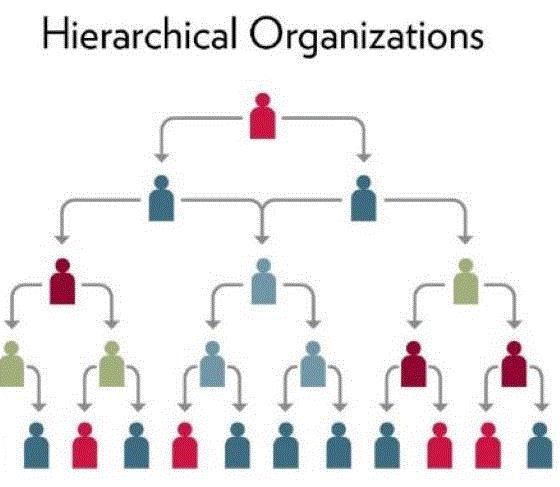April Farm Update

The birthday girl in her natural habitat! Eight looks good on her!
Buckle up, buttercup, because April is a sprint! Ready or not, here we are! Easter is in the books, and in spite of the early holiday we had a great week. Not to mention Tater’s 8th birthday was the same week as Easter (I guess that’s a holiday only for us).
Some of our clients were concerned about spring break and Easter overlapping and so they ordered conservatively, but thankfully we still had a great week and practically sold out of inventory.
I have learned many sales tips and tricks over the years. The best way to sell your other flowers is to have an abundant supply of a staple flower the florists need every week. Pro tip: snapdragons are the gateway drug into any flower shop! They need line flowers every week and a fresh cut snapdragon is vastly superior in color, fragrance and quality compared to their imported counterparts. If they are buying your snapdragons, there is a high probability that they will buy your other crops, too.
Tater and I proclaimed 2024 the year of the snapdragon—we took the plunge and produced more snapdragons than ever before and still it's not enough. They almost outshine the ranunculus ... but not quite. Snapdragons are the unsung hero on the farm these days; customers can’t get enough of them.
In between hustling flowers for weekly orders and getting our tools ready for spring planting, we are also looking at the future of our farm and what systems can we put in place to help 2024 be a success. Strategic planning can fall to the wayside with peak season on the horizon. But this season I am trying to set aside more time and energy to think about these things. Which is easier said than done, and it often keeps me up at night. But in a good way— It’s exciting and thrilling, with lots of potential on the horizon.
In this edition of Bloom Beat we’re talking about middle tier management, EthylBloc, and more! With all that being said, let's talk shop!

InFlora Cuts from CAST
In the April issues of Bloom Beat, I am going to highlight some of the exciting new cut flowers the Ball Publishing team saw at the California Spring Trials last month. It’s an exciting time to be a flower farmer, because breeders from all over the world are reigniting their cut flower programs. Below are some exciting new releases—a new twist on some industry staples.
Sorghum Prairie Pearls. Check out the white one! Photo from InFlora Cut Flowers.
Tater and I saw these beauties first-hand at the cut flower trial at Raker Roberta’s in Lichfield, Michigan, last summer, and I am excited to have them on our farm this summer. They are an interesting texture that florists are craving for fall arrangements. There are four colors available, White, Cream, Bronze and Pink, with more coming. The White is particularly striking! You can cut them when the seed heads are green, or leave them to dry and color up, then harvest. The sorghums are shorter in stature than broom corn, which makes them more manageable and less likely to lodge over. If you are participating in the Association of Specialty Cut Flower Growers (ASCFG) seed trial these are in it, as well! I think these sorghum have a lot of potential.

Limonium 'Pretty Wings'. Photo from HilverdaFlorist.
A new twist on a floral staple, the Wings series of statice is from tissue culture (TC). Tissue culture plants are asexually propagated in a lab. Traditionally, many growers start their statice plants from seed, but with TC you are buying plants, not seeds. I have yet to see these beauties in person, but the farmers who have grown them say tissue culture plants are well worth the investment—plants are more uniform and more vigorous, with larger flower heads borne on thick stems. I was told that they are marathon runners during peak season, supplying multiple harvests for multiple weeks. I think they are worth exploring, and Tater and I would love to get our hands on some to try. The key is they come in novel colors such as rose, white and peach (pictured above).
Aazur ranunculus grown by yours truly.
In my opinion, this is, by far, one of the most exciting release of the season: the Aazur F1 seed ranuculus series. Tater and I had these on our farm this year, and to my surprise, they performed like ranunculus from a corm. Flower heads were large, with excellent petal fill—no single or semi-double blooms. I think this could be a game-changer to have a reliable source of plant material for Valentine's Day sales. We grow mostly corm ranunculus, but each year it is a gamble as to whether or not we will recieve our new plants by the end of August. Seed ranunculus from plugs could eliminate that bottleneck. Plus, there's less risk of disease from seed or plugs. Tater and I look forward to growing more colors for early 2025 winter sales. I encourage you to give Aazur a try. They come in a wide range of colors; hopefully with more breeding they can incoporate more sophisticated colors into the series, too.

FloraLife EthylBloc Research on Stock

EthylBloc treatments on White Stock-data from FloraLife.
For those of you who ship flowers, you may find this research from FloraLife interesting.
Stock (Matthiola) can be difficult to ship, since it is difficult to hydrate and wilts readily, and it is very sensitive to ethylene. So the postharvest scientists at FloraLife tested the effect of its popular postharvest product EthylBloc on both wet- and dry-packed cut stock.
There were four treatments: wet-packed in a Procona container, Procona with EthylBloc, box with no water source, box with EthylBloc. Product was shipped from a California farm to the Smithers-Oasis lab in Kent, Ohio. Once received, flowers were held in a cooler for seven days. After the seven-day period, three blooms from each shipping treatment were placed into a plexiglass chamber and exposed to ethylene gas treatments for 18 hours at room temperature (70F) with 12 hours of fluorescent light.
Overall findings were that wet-shipped flowers not treated with Ethylbloc showed reduced vase life compared to the dry-shipped flowers not treated with EthylBloc. The research may suggest that dry-shipped flowers may be more resistant to ethylene damage. Researchers concluded that EthylBloc treatment applied at the farm protected the flowers form ethylene damage after an extended wholesale storage period (seven days).

Do You Manage Too Many People?
 Hierarchial organizations optimize efficiency. Illustration from University of Wisconsin-Madison Extension
Hierarchial organizations optimize efficiency. Illustration from University of Wisconsin-Madison Extension
I started farming because I love the flowers, and miraculously, my husband and I had an affinity for it. But I learned quickly that we needed employees to help manage the workload.
Over the past couple of years, we functioned as a flat tier organization: everyone reports to me. This worked out okay up to this point. But as we continue to scale our farm, it makes me wonder if I am the pain point for our farm to function at top efficiency. “Trying to handle all the decisions on your own [big or small] can slow everything down, resulting in a bottleneck,” warns
Harvard Business Review.
So this season I am exploring the concept of middle-tier management, which will not only empower our employees but it will also take some responsibility off of my plate. Let me explain:
The first step is to identify if this is even a problem for your farm yet and what your goals are. Tater and I have put some considerable thought into this problem, but the experts at Harvard Business Review laid out a thought-provoking framework to guide you through this process. Here are the CliffsNotes, although, I encourage you to read the entire
ARTICLE—especially if you are on the precipice like we are. (Spoiler alert: there is no one-size-fits-all solution.)
Signs that you may need to add a layer of management:
-
You feel as though you are wrangling people instead of guiding them. As the leader, do you feel as though you are at your “breaking point,” constantly worried that you are missing something?
-
Caution: In order to implement middle-tier management, you need to trust your management. No micromanaging!
-
Keep the high-stakes decisions on your plate, let your mid-tier management team make the smaller decisions.
-
Encourage collaboration—let your team learn from one another.
-
Get out of the way! There may be some bumps in the road and employees may make mistakes, but don’t swoop in and micromanage people. Make sure your team has the tools and training they need to succeed, then let them do their jobs.
Connect and offer support
The people whom you entrust with more responsibility still need training, guidance and support. Make sure to allocate time in your busy schedule to check in with how they are doing. Don’t toss the reins! Your team looks to you for leadership. Earmark time or regularly schedule meetings with your middle-tier manager(s) to ensure they feel comfortable, empowered and confident.
At the end of the day, your personal relationships with your employees carry a lot of weight. I have found that our farm team wants to do well and values praise and recognition. Be aware of what your team values and reward them accordingly.
It’s been a wild ride scaling up our farm the last few years, and middle-tier management might be the tipping point to scalability. If you have any pro tips on how to establish middle management on your farm, Tater and I would love to hear from you. Email me at
ldaschner@ballpublishing. Or if you want to reach Tater directly, her email is
tater@ballpublishing.com.


Enthusiastically!
Lindsay Daschner (and Tater)
Editor-at-Large—Bloom Beat
Owner—Forget-Me-Not Farms
This email was received by 6,296 of your fellow fresh-cut flower growers!
If you're interested in advertising in Bloom Beat, contact Kim Brown and she will hook you up!